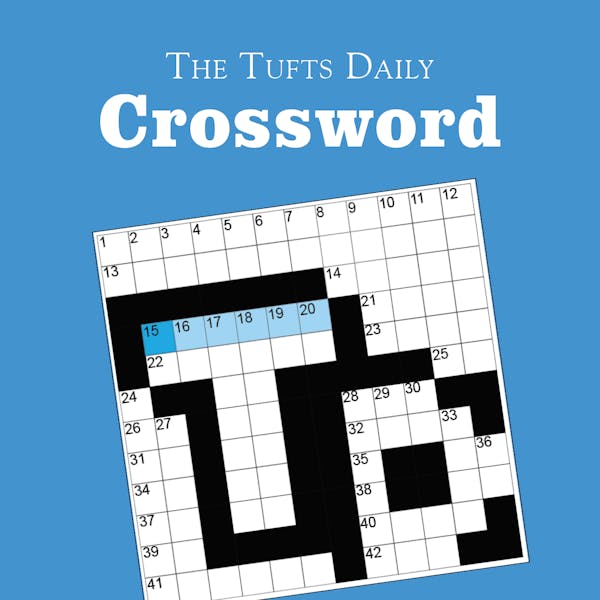This past year, the film industry has seen a plethora of book-to-film adaptations, with new spins on beloved tales succeeding on streaming and in the box office. In 2017, Argentine author Mercedes Ron released her first of three Wattpad-to-print stories, “Culpa Mía.” The book follows a teenage girl named Noah, who is moving in with her mother’s new billionaire husband and son. An outsider to this world of wealth and luxury, Noah struggles to adjust to her new lifestyle and her new stepbrother, who is equally as annoyed at their new circumstances. Over the course of the story, wild events such as drag racing, fist fights, romance and car chases ensue, putting Noah and Nick through the paces of their friendship and their developing attraction to each other. To address the elephant in the room: Yes, Nick and Noah are stepsiblings who fall in love. Considering its unique selling point, this high-octane love trilogy became one of the most popular pieces of writing in its genre, getting picked up by Amazon Prime for a three-movie deal.
“Culpa Mía,” the first film adaptation, was released in 2023 and immediately gained a cult following. The film follows the same premise as its source but focuses on setting up the next two movies rather than on craft and quality. The sequel, “Culpa Tuya,” was released in December 2024, and during its press tour, it was announced that there would be an English remake of “Culpa Mía” coming out this February. Released on Feb. 13, “My Fault: London” took the American audience by storm, retelling the same story of the central characters from “Culpa Mía,” Nick and Noah, but in English. As reviews came in, “My Fault: London” crushed the ratings of “Culpa Mía,” with many arguing that "My Fault: London” was far superior and better written. This divide prompts the question: Are the ratings of both movies a result of the culture and language they center around, or is one genuinely better than the other?
Each film leans into the cultural aspects of their settings — Spain and London, respectively — using slang and events such as parties, dinners and outings to world-build and move the plot forward. “Culpa Mía” leans into the lively and sunny atmosphere of the Spanish coastline, highlighting boardwalks and dirt race tracks as the settings for its pivotal scenes. “My Fault: London” opts for shiny skyscrapers and cosmopolitan living, with dimly lit underground parties, parking garage drag races and ornate British homes playing the same role. These changes not only reflect the realities of their setting but also the personalities of the characters and how they operate.
Almost all of the characters from “Culpa Mía” undergo changes to their personalities and backgrounds to accommodate their new cultural idiosyncrasies. In “Culpa Mía,” Noah is brash and childish, while in “My Fault: London,” Noah is much more mature and playfully snarky. Both girls follow the same track but navigate their relationship with Nick differently. Nick, billionaire “daddy’s boy,” as affectionately deemed by Noah, varies vastly between the two films. Both Nicks have the same characteristics of being quite rude and standoffish, participating in “Fight Club” style boxing matches and illegal drag racing. The “My Fault: London” version of Nick is a true British dandy, looking after Noah and focusing on protecting and helping her over objectifying her. The “Culpa Mía” version of Nick, on the other hand, is a walking red flag, going all in on objectification and toxicity towards Noah. Rather than starting off as friends, the two immediately take a liking to each other, setting up for an emotionally explosive relationship on both ends, while the “My Fault: London” version of Nick and Noah find their conflicts in their friendship first. As a result, fan preference swings more towards the “My Fault: London” version of Nick because of his authentic personality in comparison to the “Culpa Mía” version of Nick, who is unpredictable and has a closed-off nature.
Considering the differences and similarities between the two films, it’s clear which film is more liked by their audiences. While most fanfictions and their adaptations rely on tropes and dramatic twists, “My Fault: London” approaches things differently. It provides a true connection, showing how a situation like Nick and Noah’s would realistically play out, leaving tropes aside. With “My Fault: London” releasing two years later, it’s no surprise that the writing and storytelling are much stronger, as there were previous critique to consider and work away from. The interesting thing about remakes of beloved originals is that creative liberties can be taken, which, in this case, made for a much better film.






